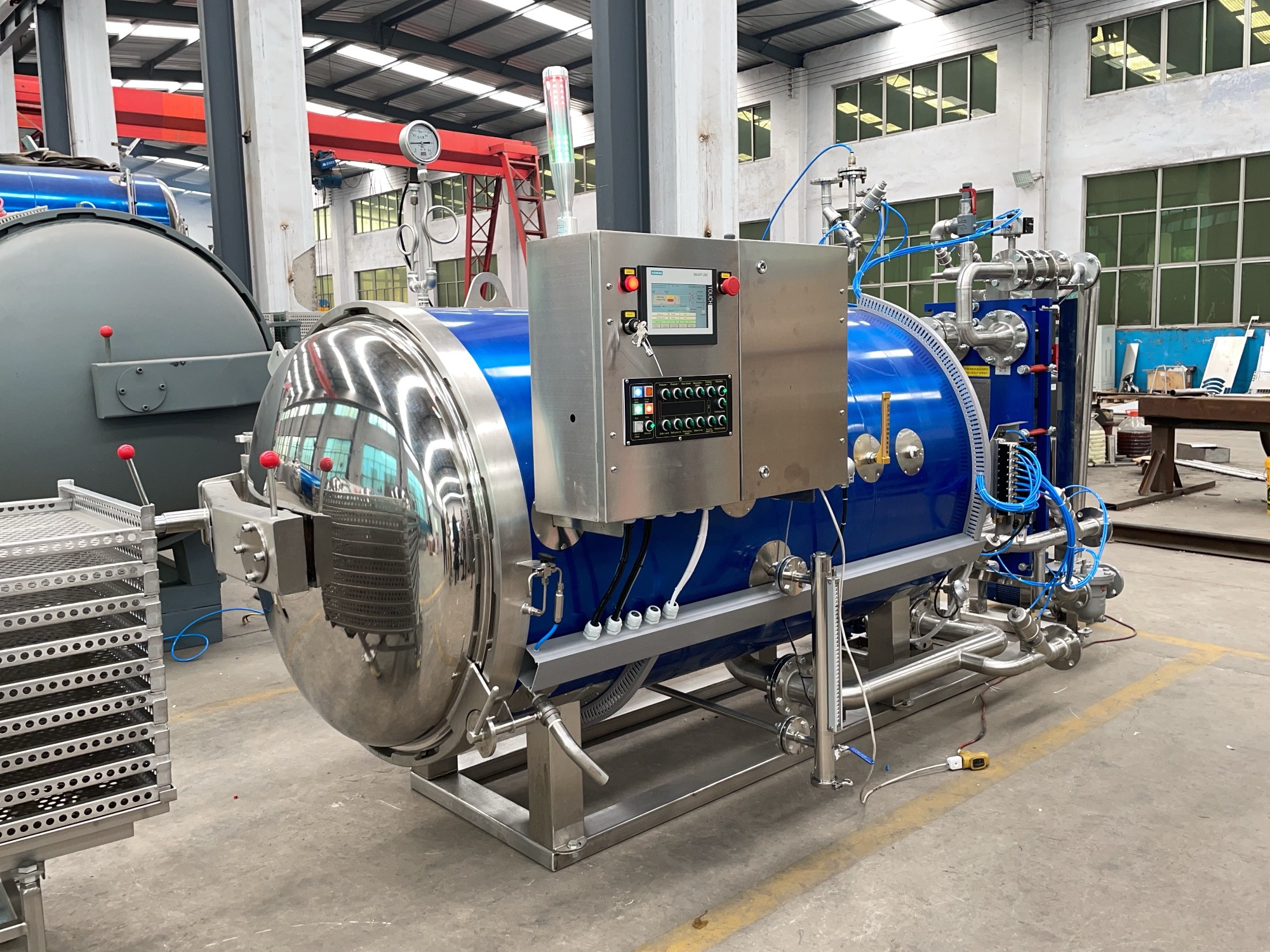Retort processing is a food preservation technique to address the challenge posed by Clostridium botulinum for commercial sterility of a food product to get microbiologically safe and stable products by heating.
This review aims to explore the journey of retort processing, starting from its early use in single-batch canned foods and progressing to its contemporary applications with different types of containers and heating mediums. Additionally, it will delve into the adaptability of retort equipment, including its ability to operate in stationary and various agitation states, as well as its flexibility in processing speed for both single-batch and continuous operations.
Food contamination by microorganisms is a significant public health concern, where fungi cause deterioration and bacteria foodborne illnesses (Clark et al., 2014). Spores, such as those from Clostridium thermosaccolyaticum, Bacillus spp., and Clostridium botulinum, can also pose health risks as they can often be highly heat-r esistant and thrive under anaerobic conditions (Awuah, Ramaswamy, & Economides, 2007). Foodborne illnesses affect billions of people each year and impose a significant burden on public health glob-ally (Seboka et al., 2023). To prevent this, it is crucial to implement procedures like sterilization and pasteurization to guarantee food safety.
Thermal processing is a widely used technique for preserving food and has gained increasing interest in recent years due to the demand for longer- lasting high- quality food (Singh et al., 2018). Heat treatment is a commonly used thermal processing technology in the food industry because it is a safe, chemical- free, and cost- effective method for producing cooked aromas and flavors while extending
 What foods are packaged in retort packages?
What foods are packaged in retort packages?
 Why is Overpressure Important in Retort Packaging?
Why is Overpressure Important in Retort Packaging?
 What's the difference between retort and aseptic packaging?
What's the difference between retort and aseptic packaging?